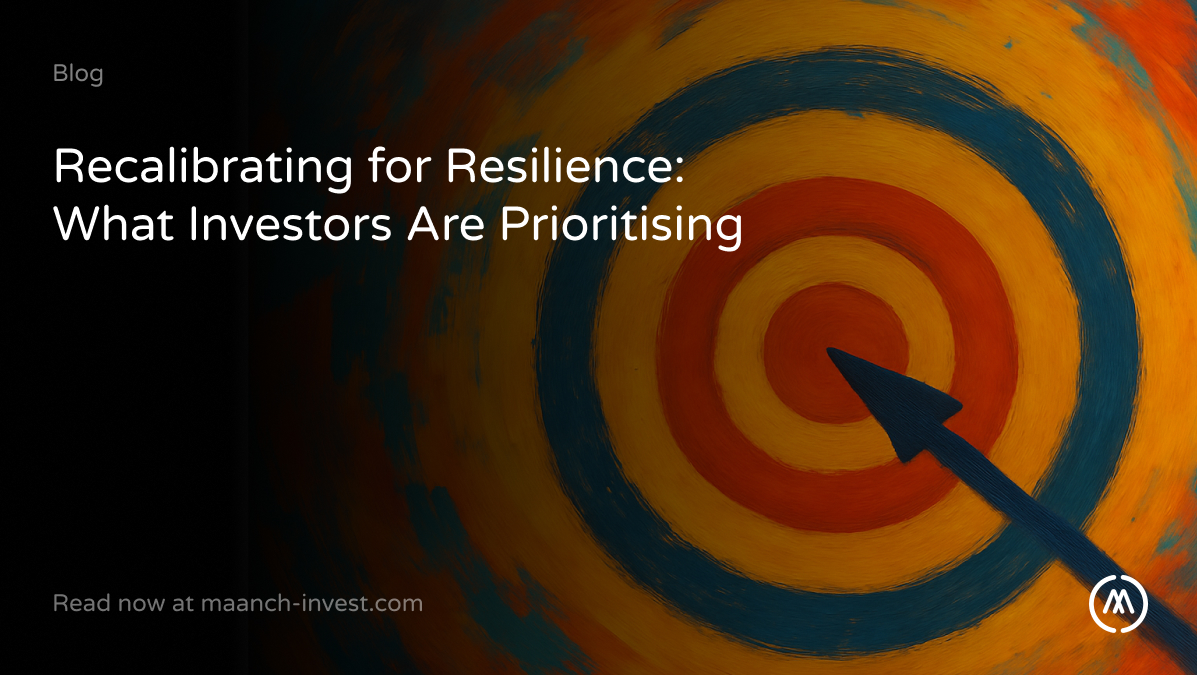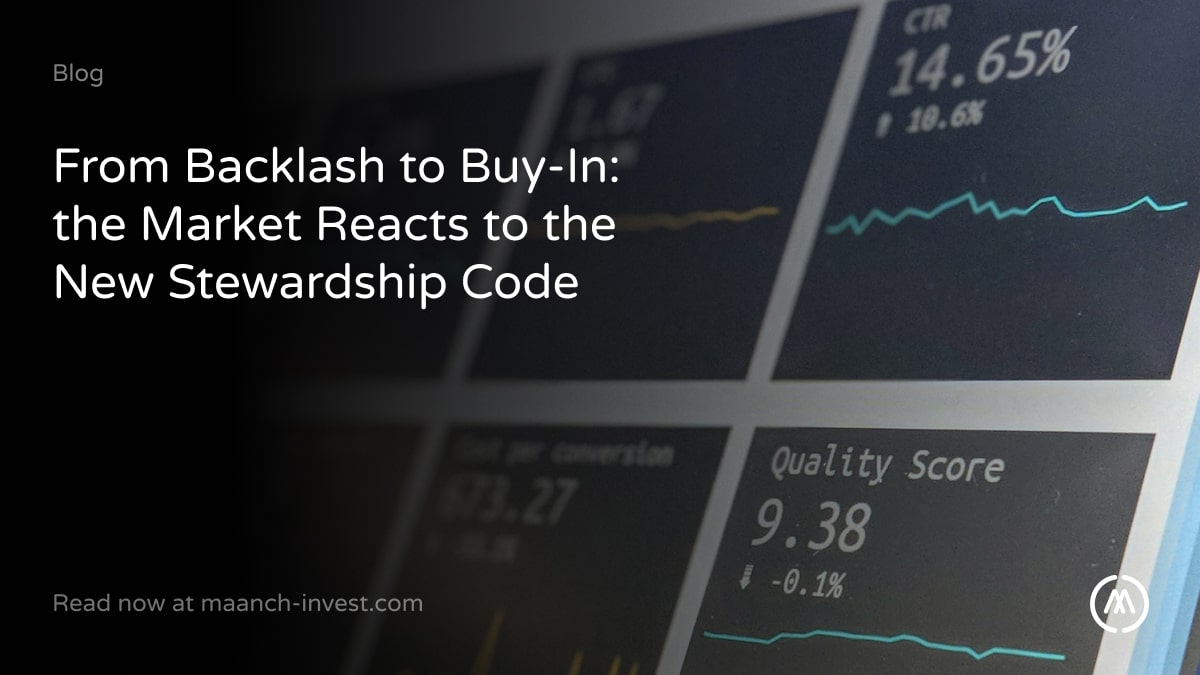In our September newsletter we discussed the difficulty of investing in SDG16. This is a commonly held perspective because SDG 16 is usually perceived as very systemic and broad in its reach. World peace? Surely this is a job of governments and international organisations. It is only when we observe the targets and indicators in more detail, that we can understand why businesses must pay close attention to the goal. Take SDG 16.2: “End abuse, exploitation, trafficking and all forms of violence against and torture of children” and SDG 16.6 “Develop effective, accountable and transparent institutions at all levels”. Even at first glance, we can see how this relates to increasing pressures businesses around the world have been experiencing around their supply chain transparency.
Modern slavery issues are often seen as chiefly belonging to SDG target 8.7, which focuses on the eradication of forced labour. There is however a strong case to be made that root causes of human trafficking and displacement relate to many aspects of SDG 16: forced migration due to war-torn countries, lack of birth certifications and legal identity enabling easy trafficking; not to mention endemic corruption and weak legal structures [Source]. Although there is no doubt that economic development is key to raising working standards everywhere; of the 24.9 million people thought to be trapped in forced labour conditions, over 16 million of these workers belong to global supply chains [Source]. Investing in the SDG 16 could therefore perhaps also offer a solution; by increasing transparency mechanisms throughout supply chains and enabling oversight through data transparency.
The business case for increased transparency and supply chain oversight is well known, but here is a little recap. The increase in legislation around Modern slavery statements and transparency along supply chains can no longer be ignored. Following the UK Act in 2015, the US and Australia soon followed with similar legislations; forcing businesses over a certain income threshold to undergo supply chain auditing and release annual Modern slavery reports. But beyond the legal compliance, the shift we have seen over the last 10 years in how consumers, investors and general stakeholders interact with businesses is hard to ignore – It is fair to say that the risk of inaction has become increasingly costly.
So, if needs and business-case align … What can be done?
Definitions – understanding and recognising risks and types of slavery:
Modern slavery takes many forms and shapes, and it is often hard to untangle the multitude of definitions. In international law the most common definitions still employ the term “human trafficking”; referring to “(1) an act of recruitment, movement, harbouring, or receipt of a person, (2) by means of force, fraud, or coercion, (3) for thepurpose of “exploitation.””. Of note however, new definitions in corporate reporting acts relate more specifically to definitions on forced labour found in the UN’s International Labour Organisation’s conventions. Central to all those definitions are concepts of exploitation, deception, and coercion.
The populations most at risk are migrant workers. This is due to the complex interaction of vulnerabilities such as lack of rights or knowledge of these rights in host countries; as well as cultural and language barriers, lack of trust in public authorities and reliance on employers for a livelihood. Other vulnerable categories are women and children – as emphasised by SDG 16. It is thought that 1 in 4 slaves are children, and 71% are women and girls [Source]. Studies find this is most often due to the nature of the industries that perpetrate these exploitative practices, as well as gender barriers that force women to undertake lower paid jobs.
Immediate next steps – anti-slavery reporting:
There is an array of different ways to track the risk of modern slavery down supply chains, from advisory and consulting processes that enable a deep dive through the process, to standards and benchmarking around process or products. As many businesses undergo these audits there are a couple of key red flags to keep in mind – beyond geographical area and industry. Summarised by a study by the Institute of Business Ethics, these include but are not restricted to:
- “Debt bondage and Recruitment fees
- Lack of employment contracts
- Confiscated identity documents
- Special accommodation provision
- Excessive working hours
- Restrictions on freedom of movement
- Unsafe working conditions”
But how does one identify this? At Maanch, we find the progress around technology of supply chain transparency very interesting. Indeed, beyond routine reporting, this intersection between technology and putting in place longer-term processes of transparency and visibility are key to growth and impact. Studies suggest that there are a couple of steps you can take to move in the right direction. These include identifying risks, visualisation of the supply-chain (through manual reporting, technology data disclosure, or track and trace methods), understanding the data, and engaging with and disclosing this data.
Building back better – anti-slavery action, long-term partnerships:
What if you find traces of modern slavery? In order to have a real impact on the societies and systems you interact with, it is important to understand that simply terminating the relationship with the suppliers is unlikely to fix the problem. The populations most at risk will stay at risk, and the supplier might just end up finding another contractor. Indeed, it is only by engaging and establishing long-term relationships with suppliers that you can ensure enduring transparency and long-term progress. Societies in which these factories operate are more likely to benefit from the impact and stability created by long term partnerships, and the parent firm can ascertain that human rights are respected holistically through its supply chain. In fact, a recent study suggests that 93% of businesses having undergone this process would agree that this was the right path to take, many are making progress in engaging in meaningful relationships with their suppliers.
Remediation and compensation to victims is always the right thing to do – Victims often need urgent first aid, food and shelter [Source]; and on the long-term, they require employment and protection in order not to be at risk of re-trafficking [Source]. But businesses often might feel unqualified or at loss on how to do so. This is where the opportunity of partnerships, both corporate and charity oriented are worthwhile. Many charities are creating real remediation strategies for end of supply-chain issues, you can find but a few of many initiatives on our platform here. Moreover, a few global business partnerships, such as the Freedom Business Alliance already exist to enable survivors to find employment after being trafficked. The avenue of partnership, both corporate and caritative, can be a powerful way to enable viable futures for victims.
And as a member of society…. What can I do?
It is often too easy to forget that each of us at the individual level make a choice every day on the products we consume, invest and interact within this broader ecosystem. Keep checking where and how your products are sourced, and if you don’t have that visibility… make sure to keep your favourite brands accountable!




